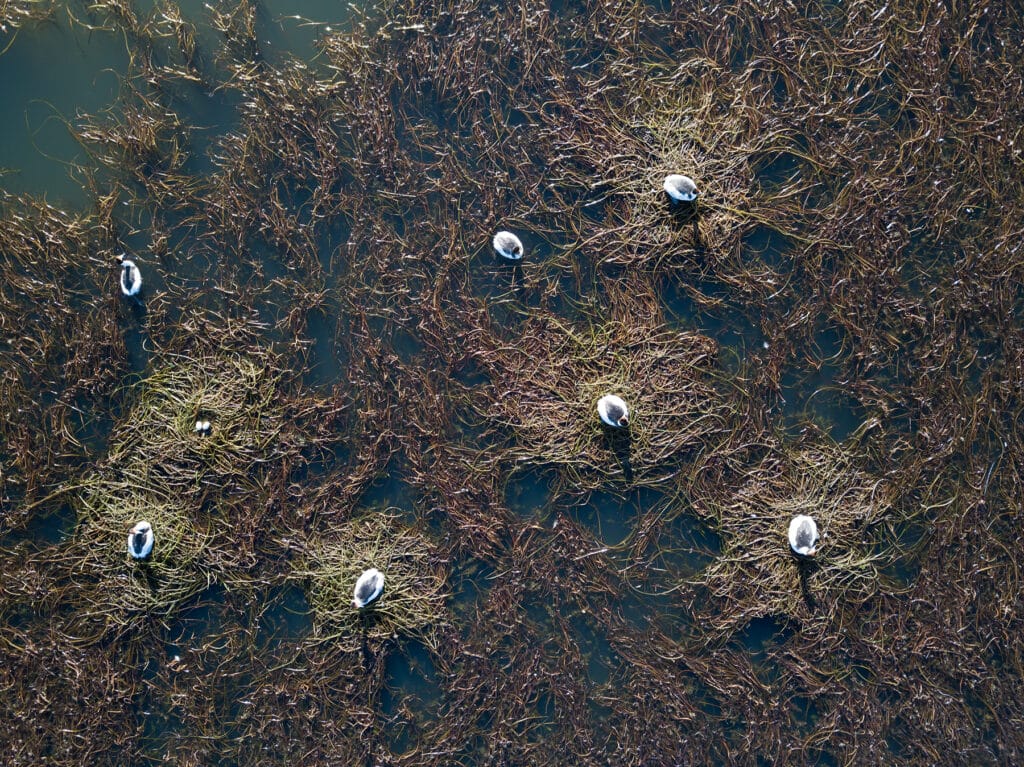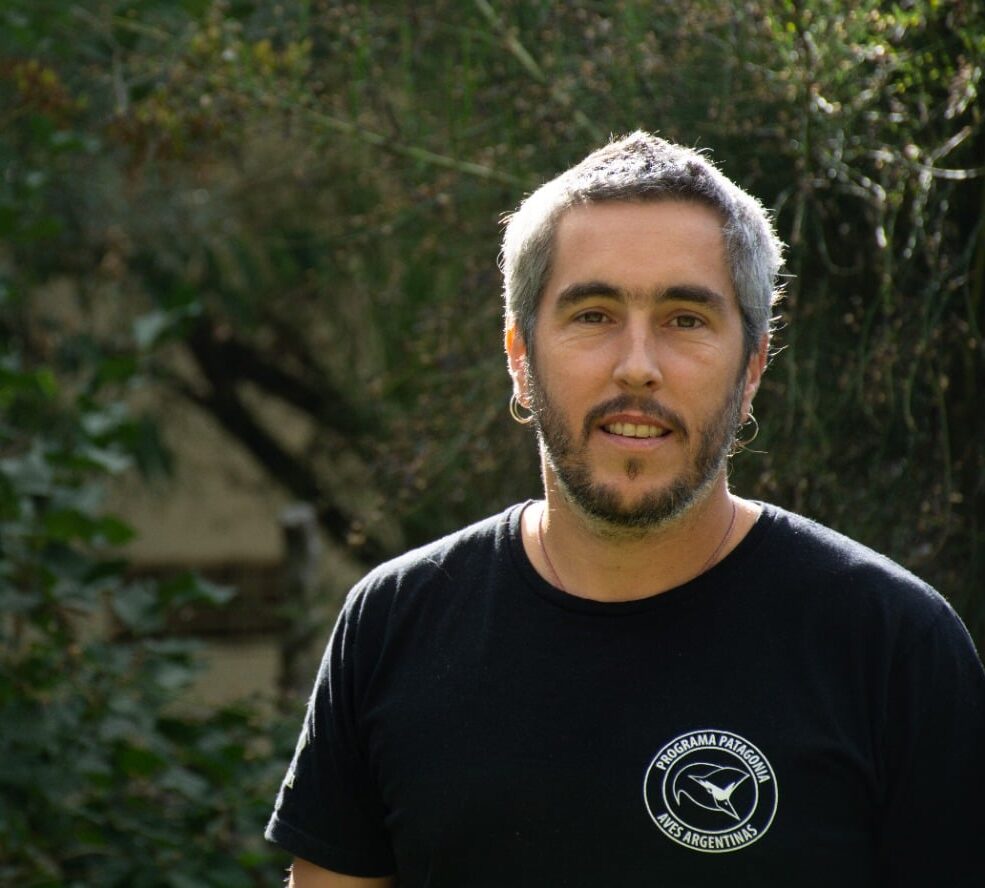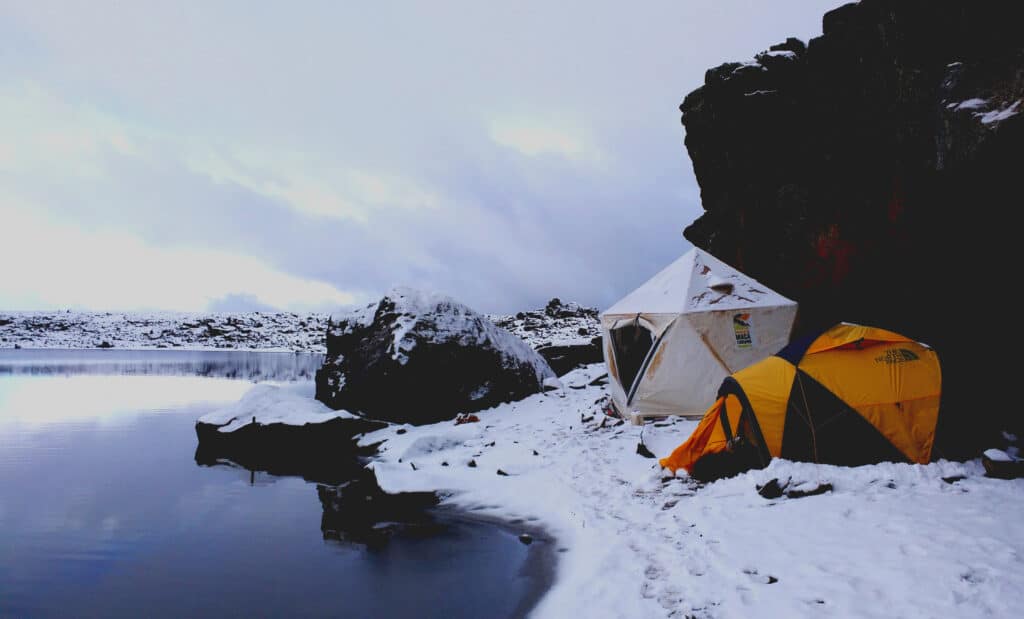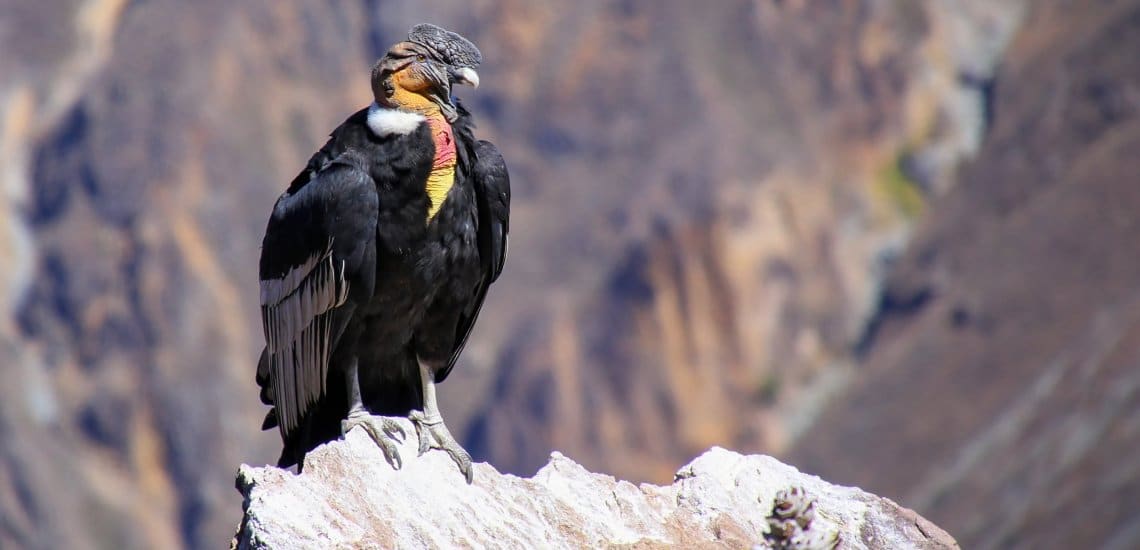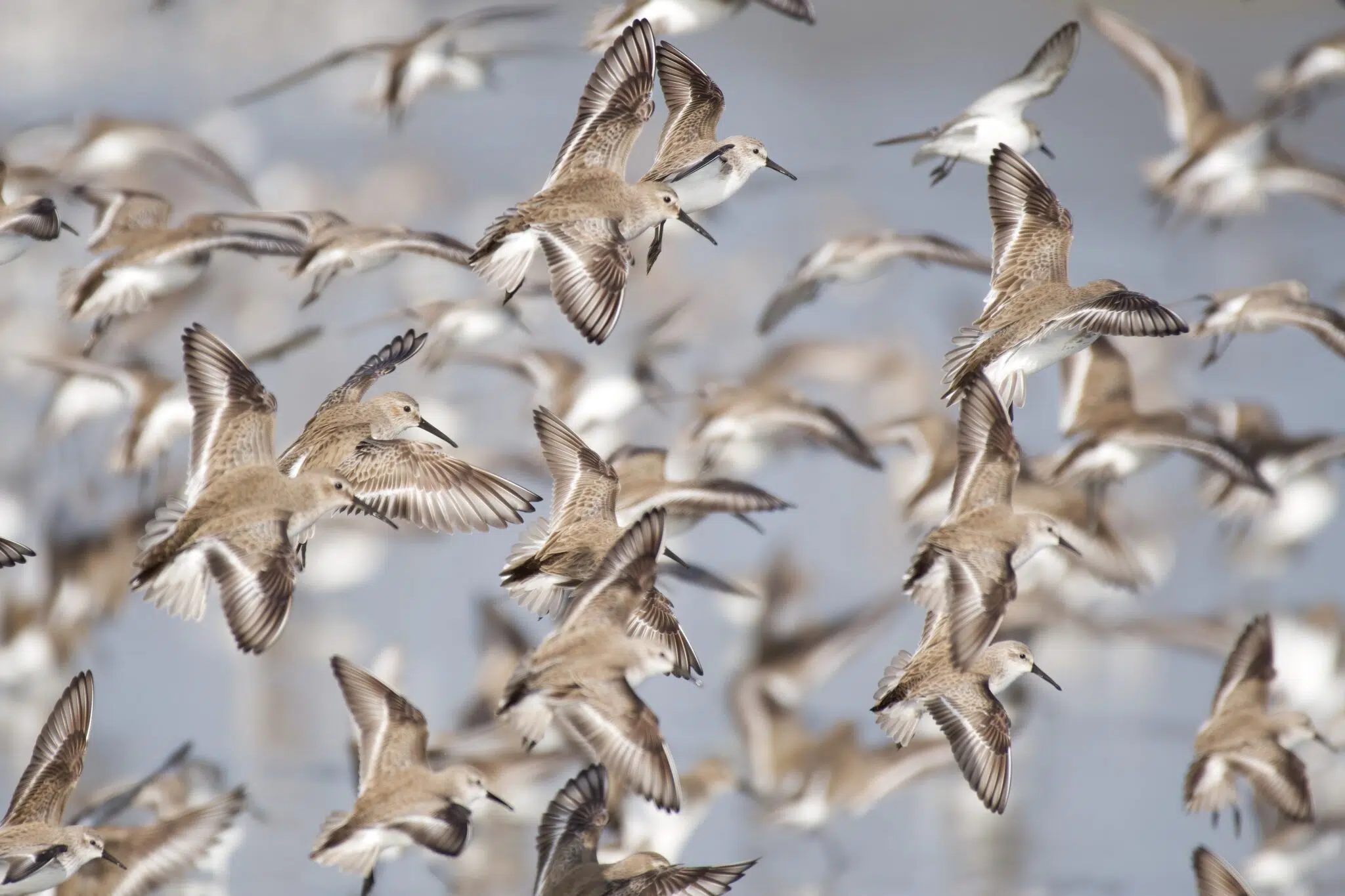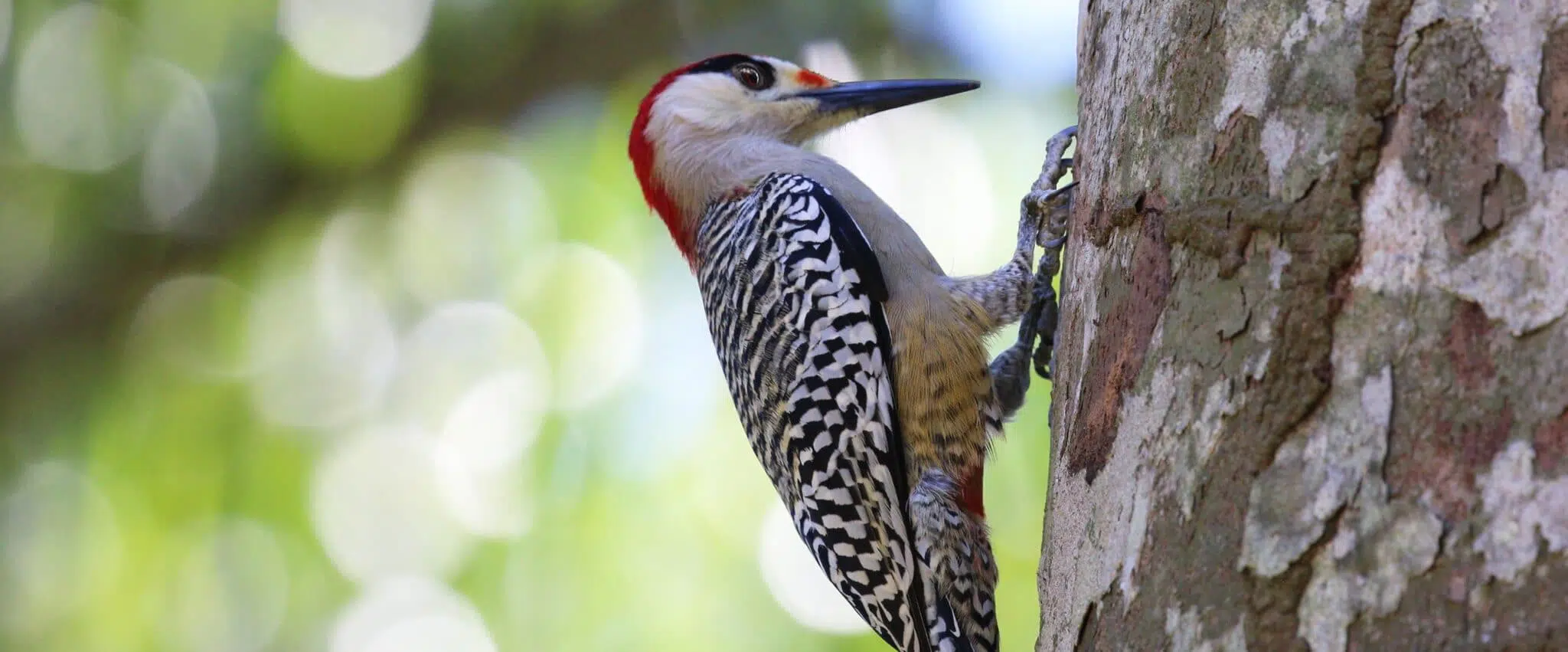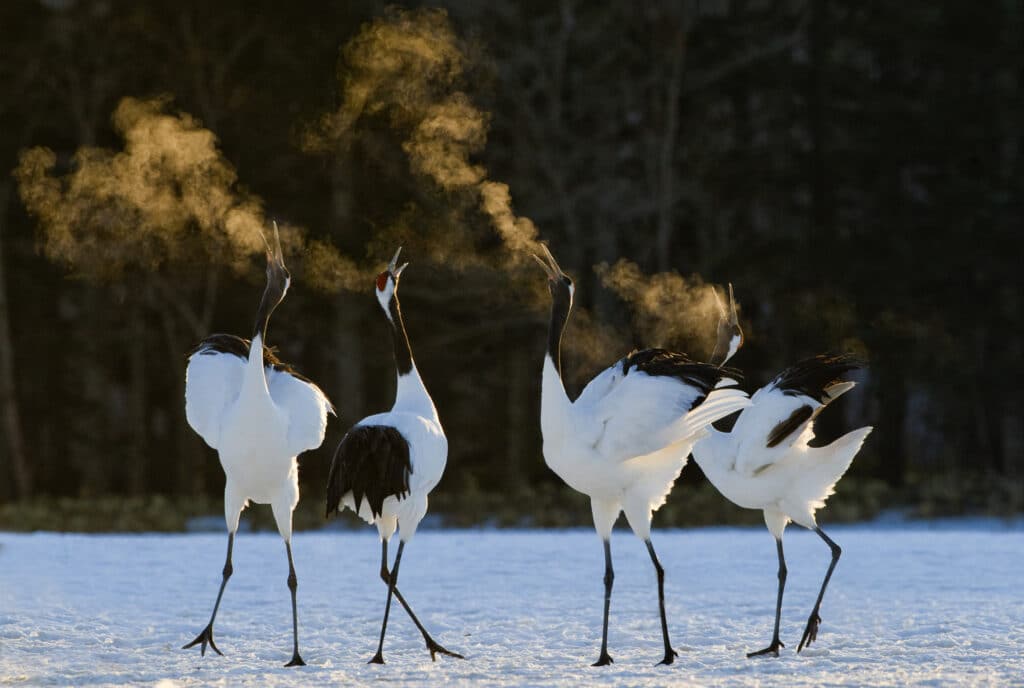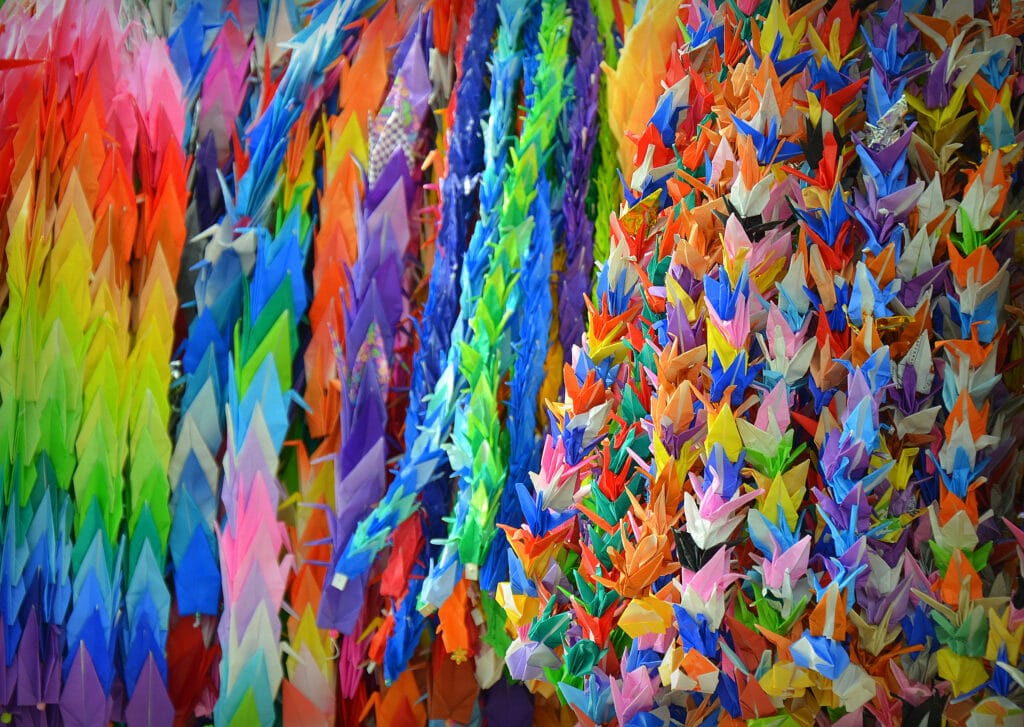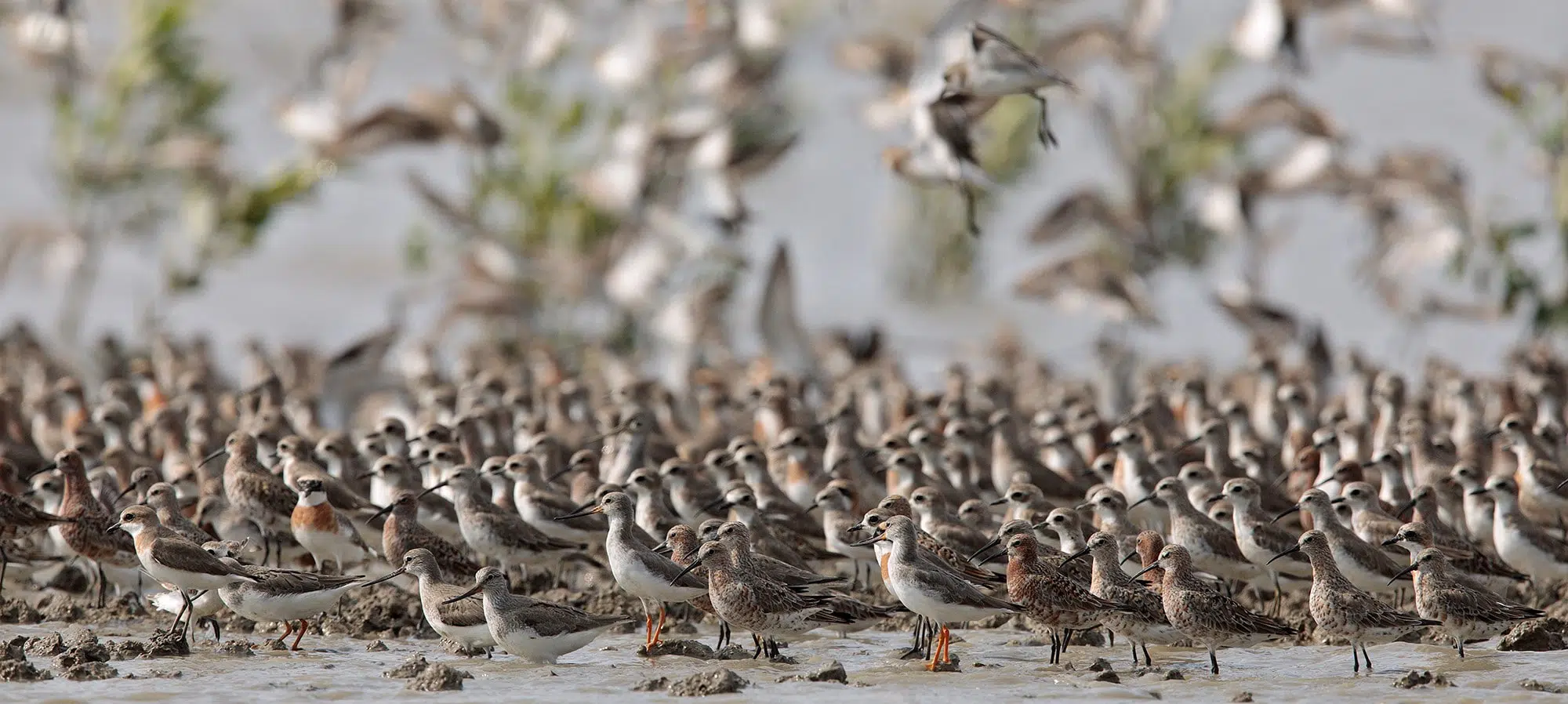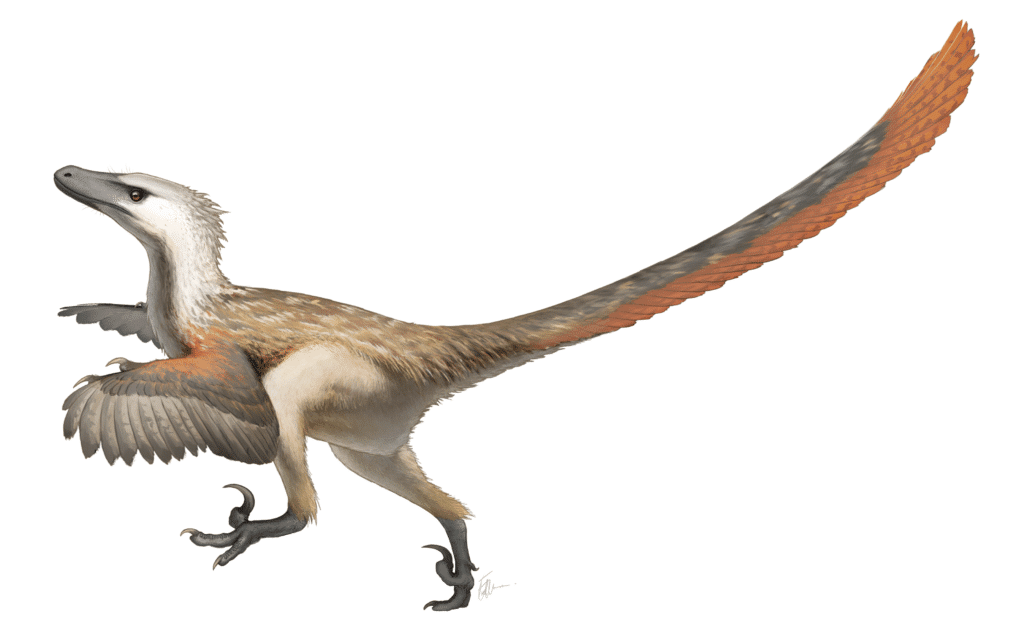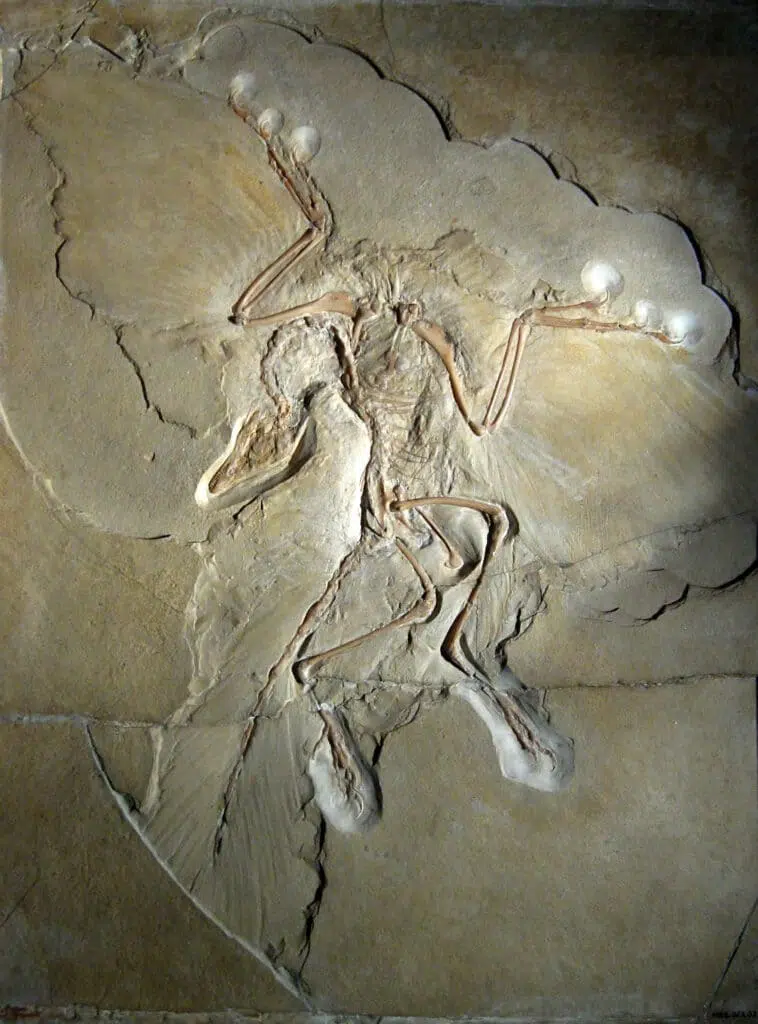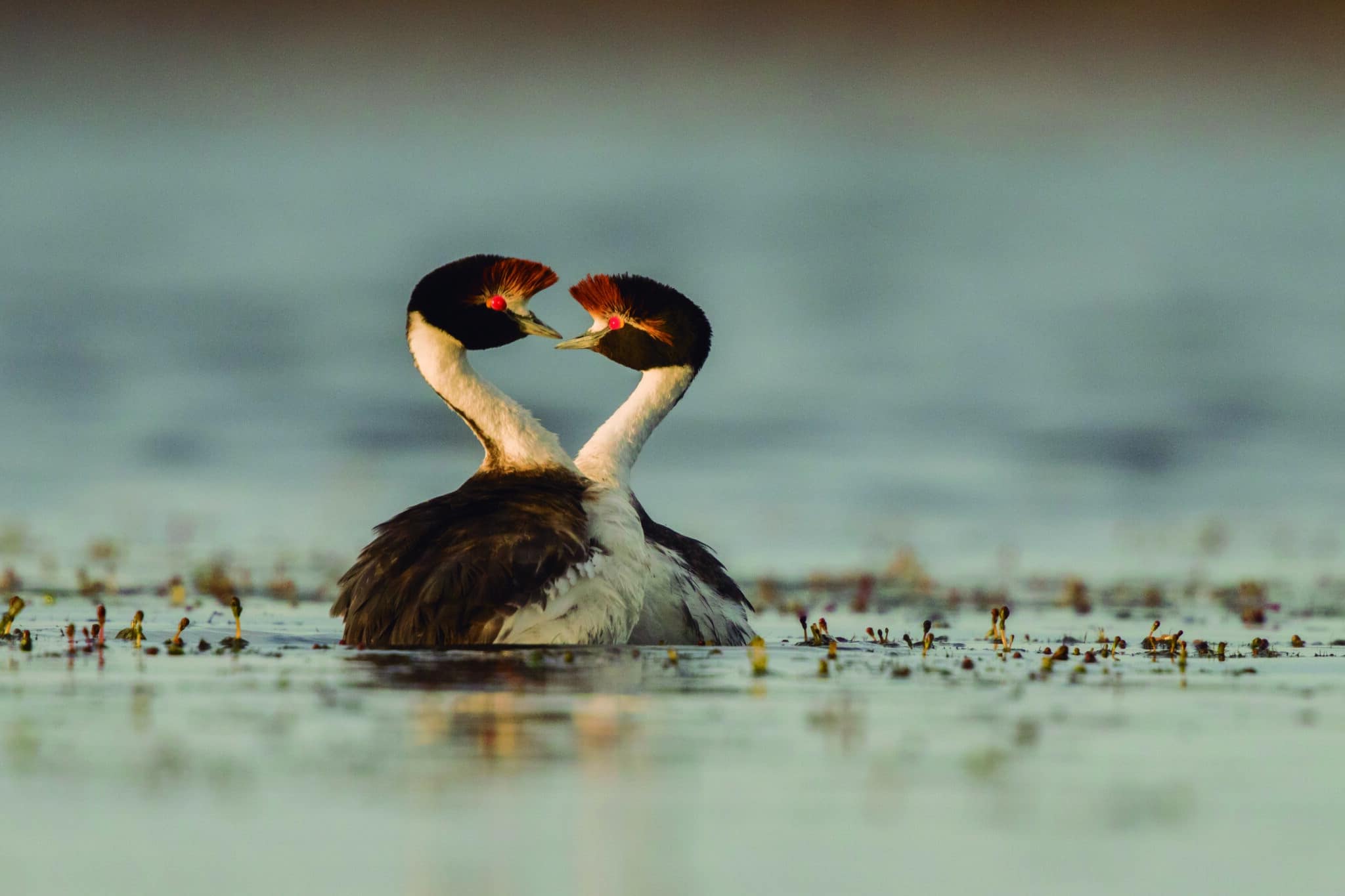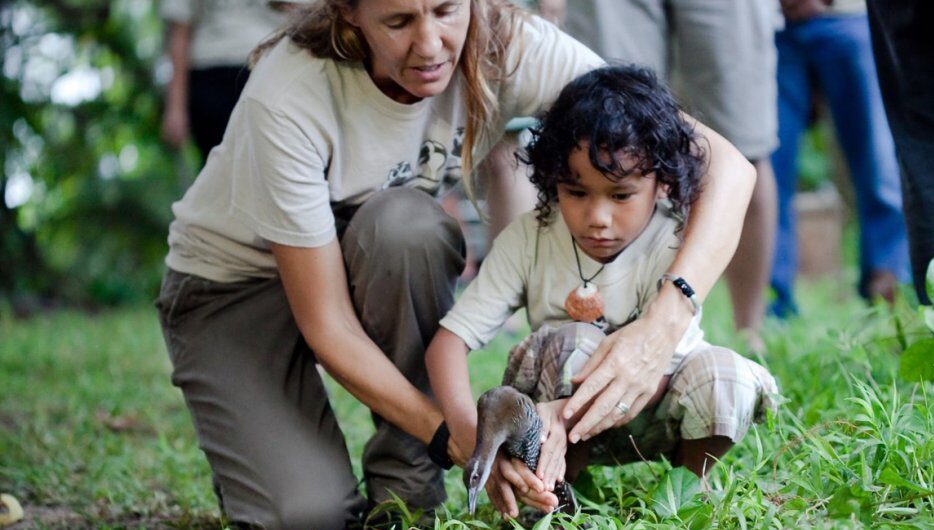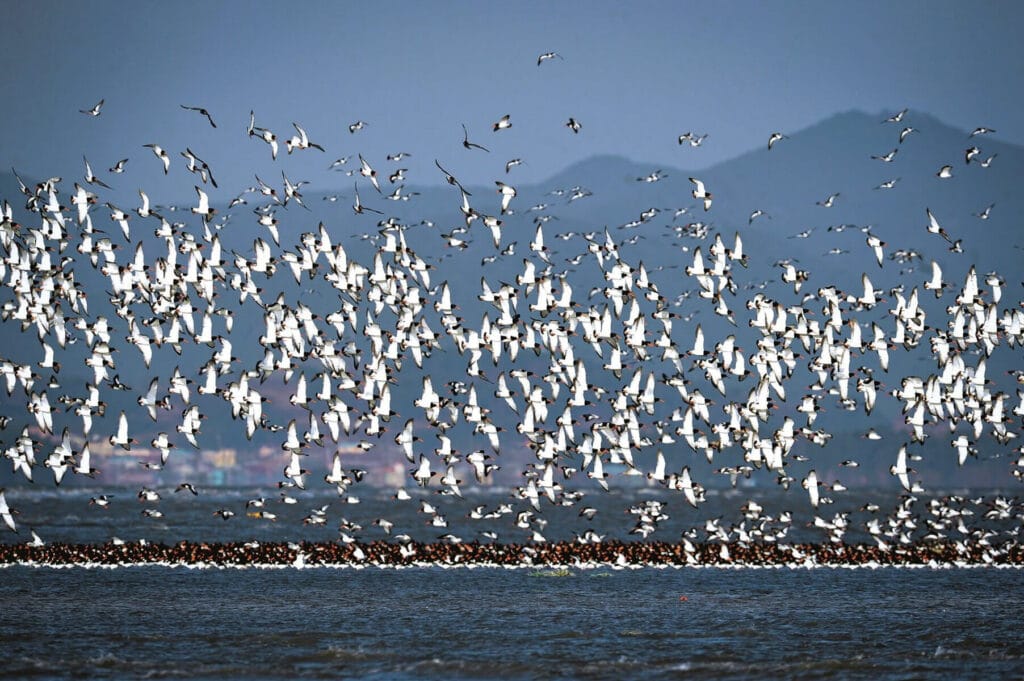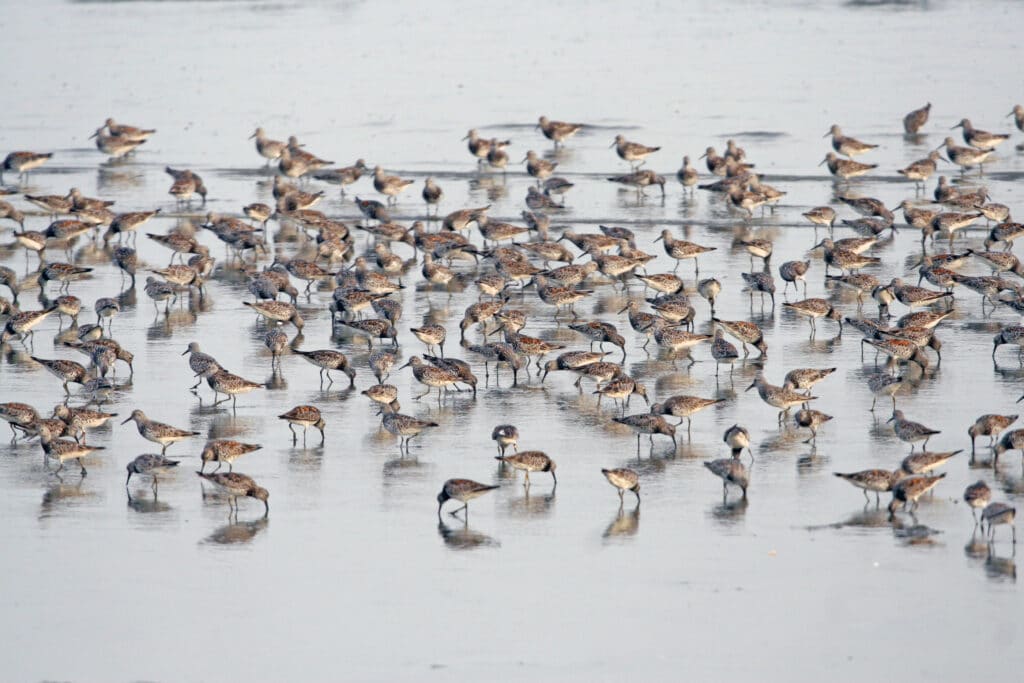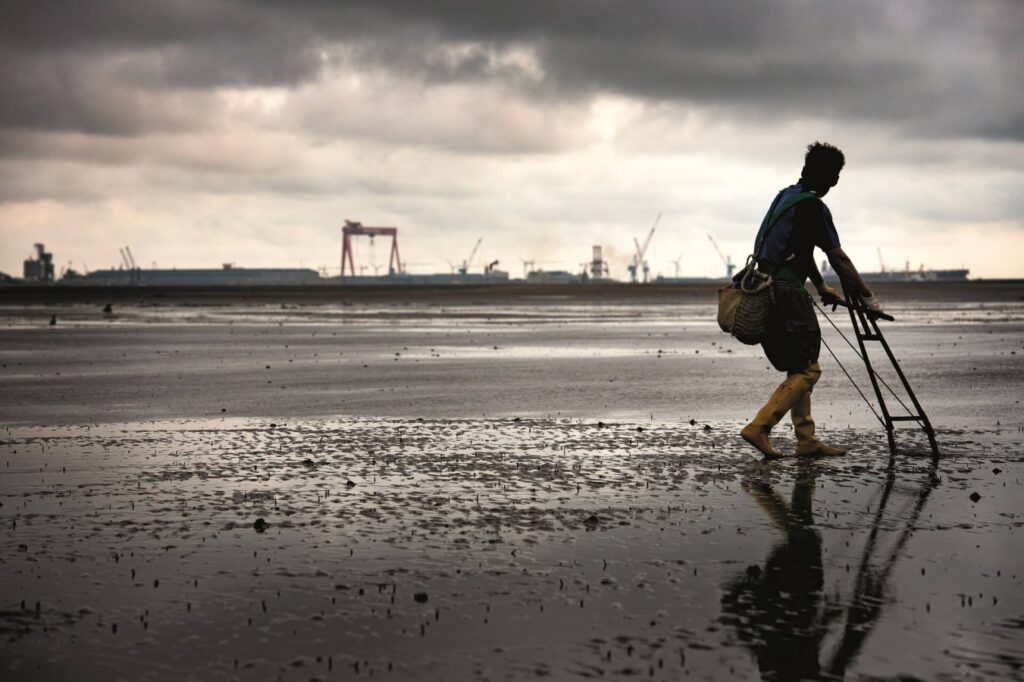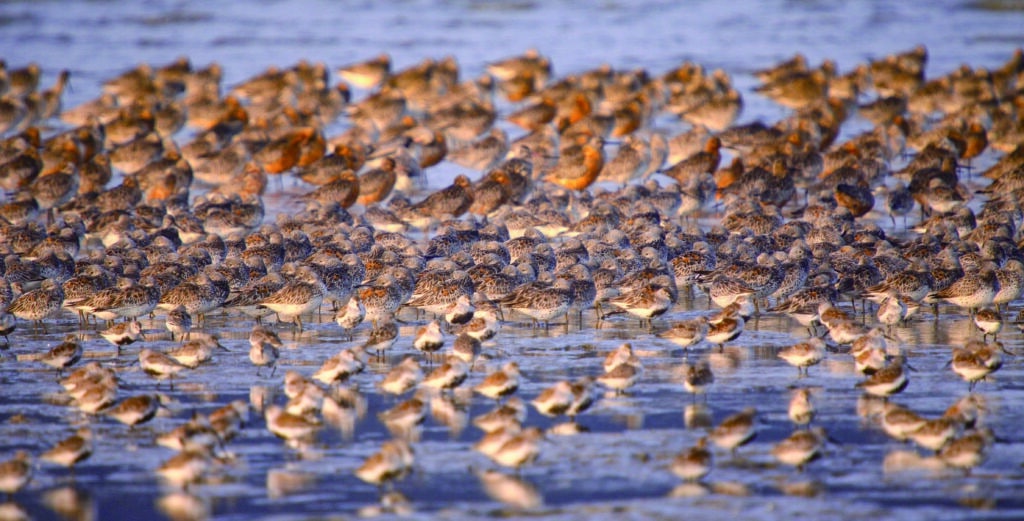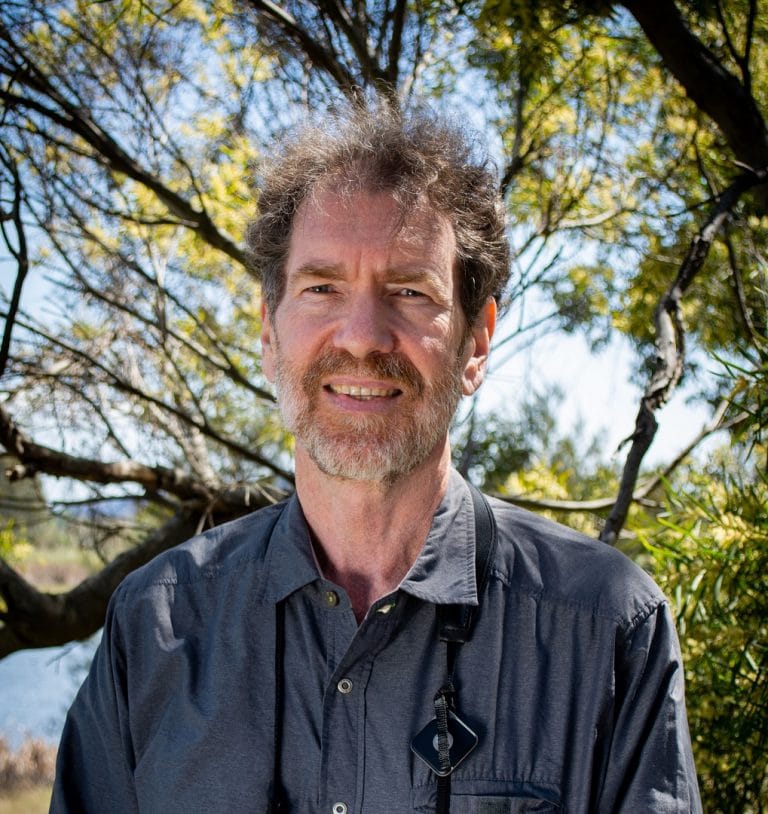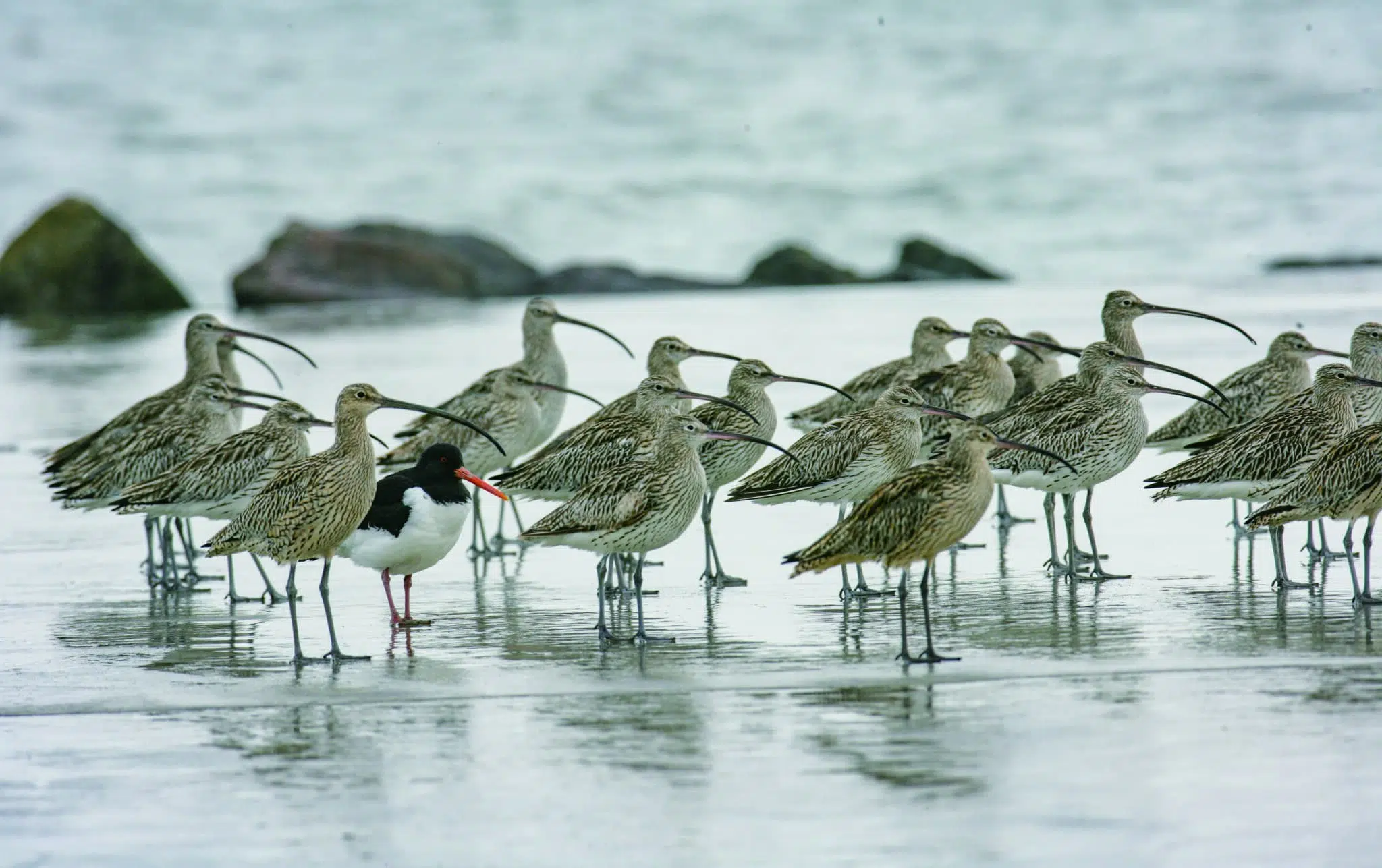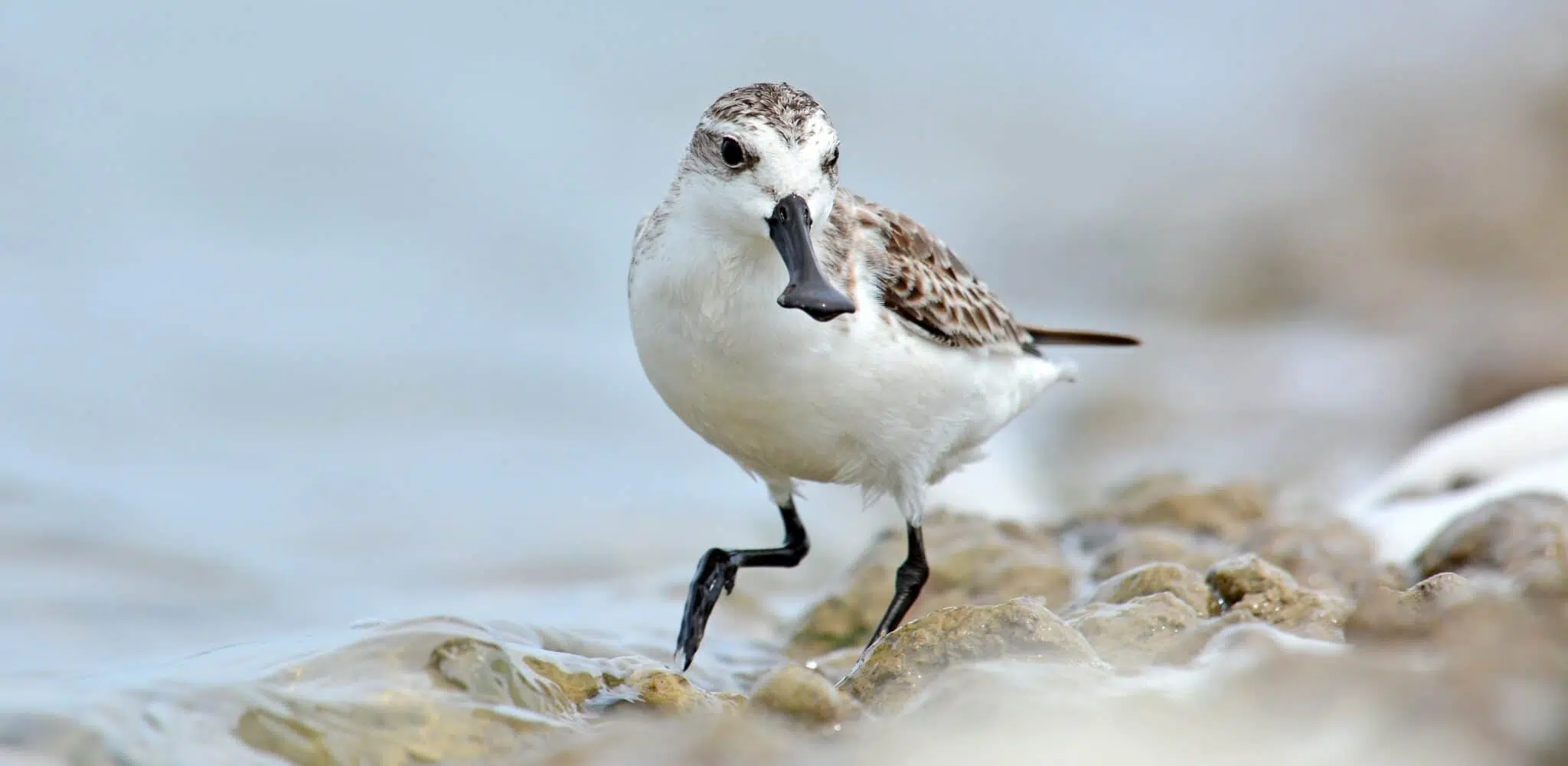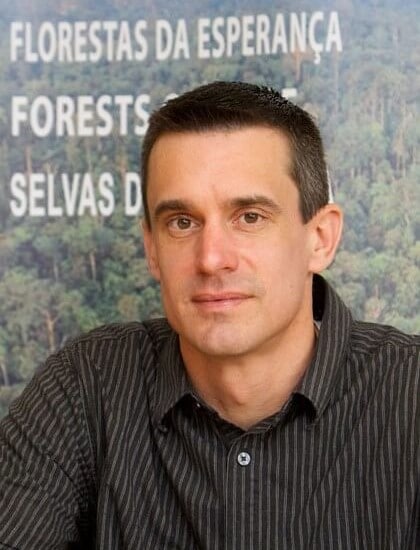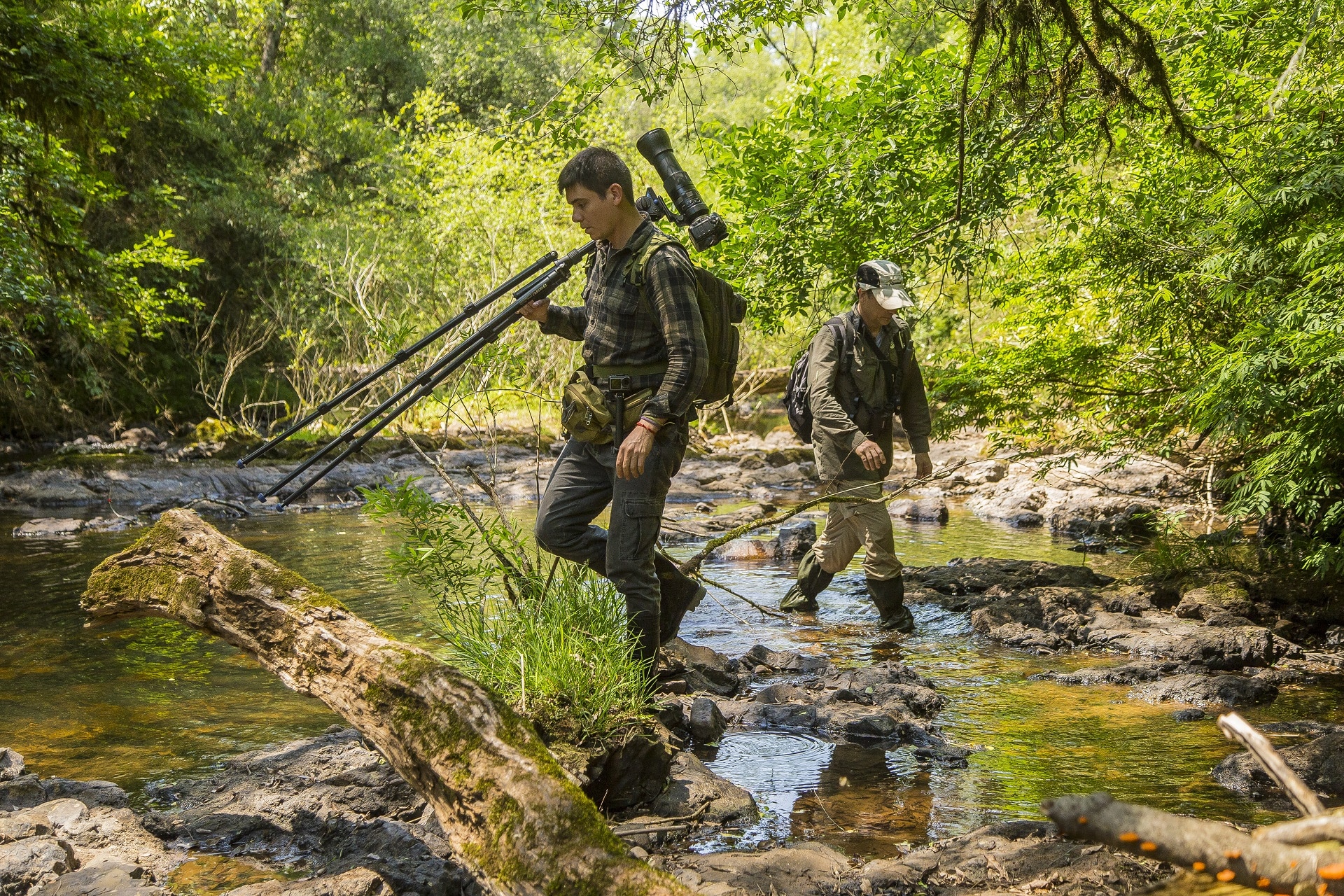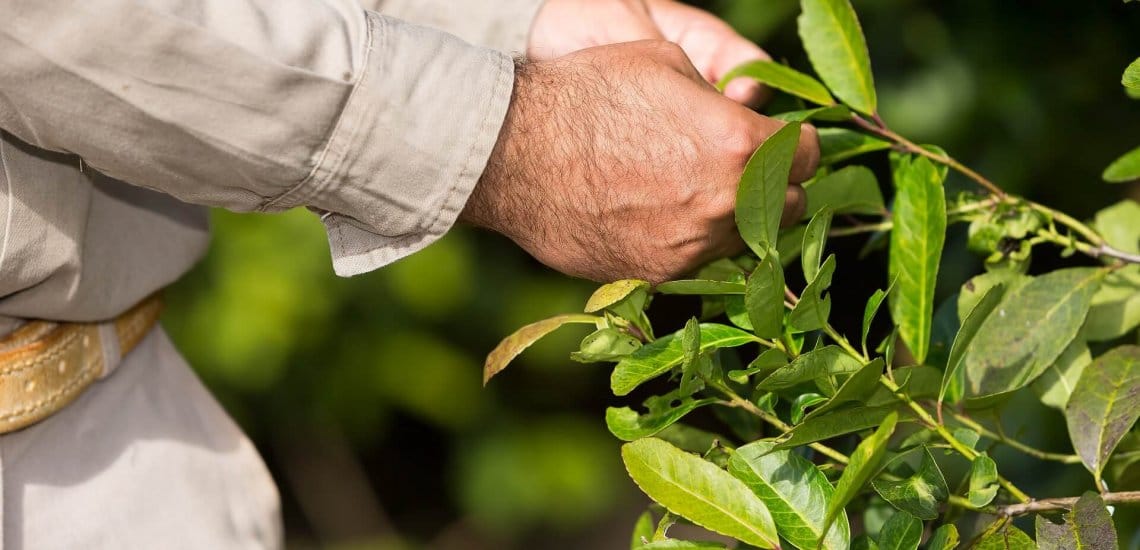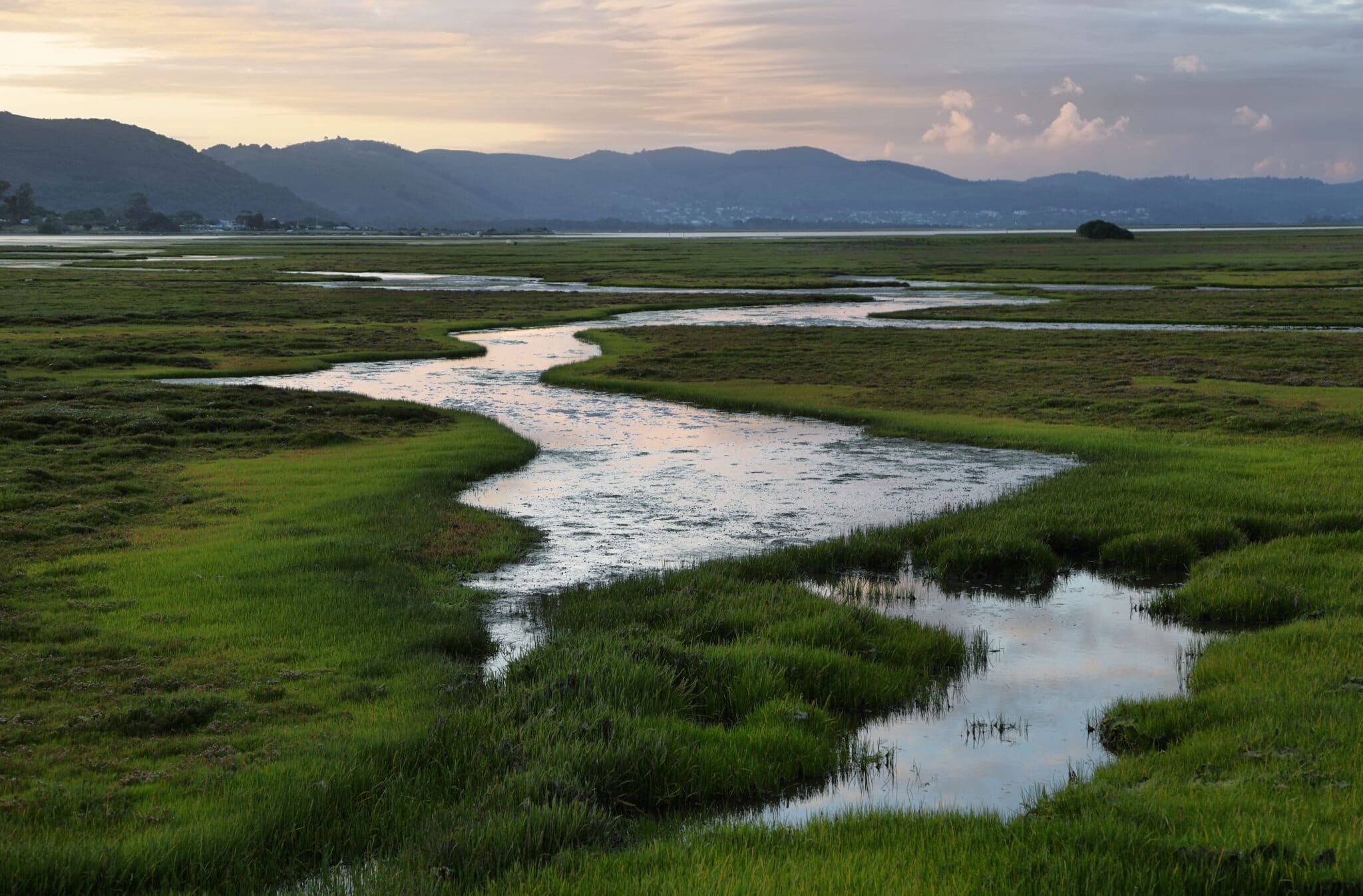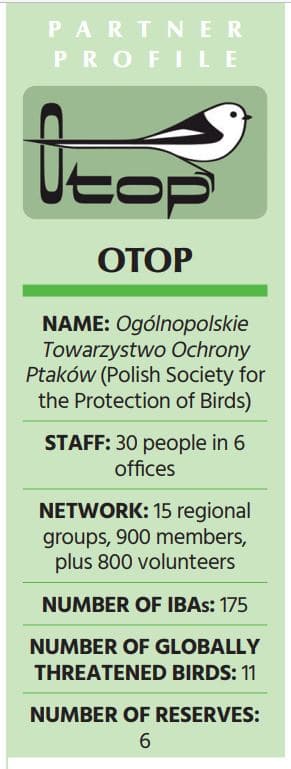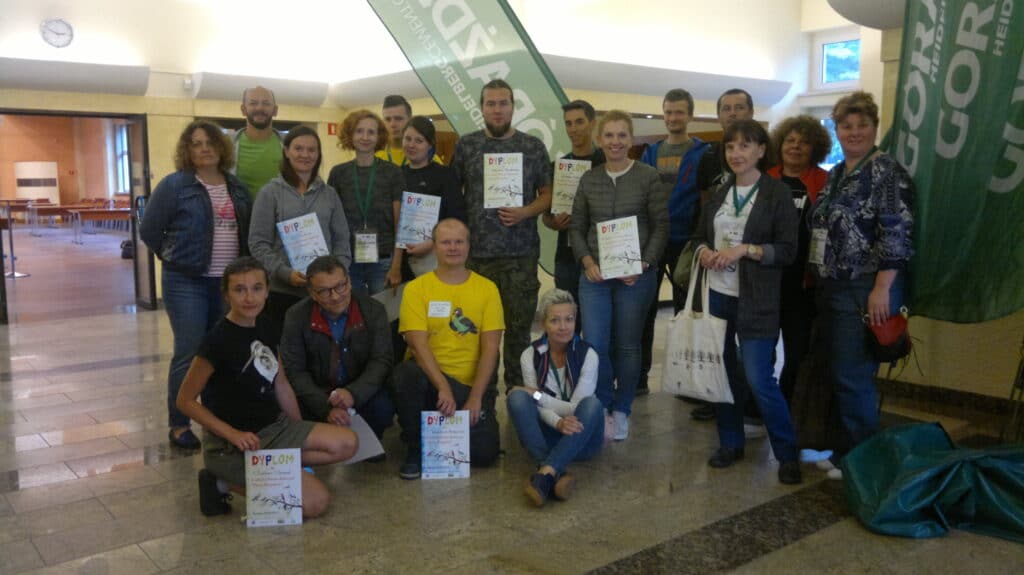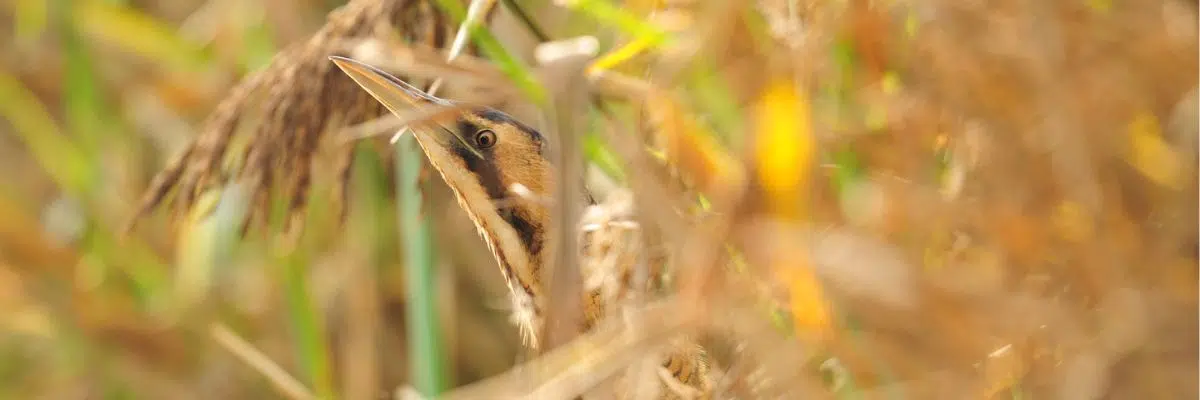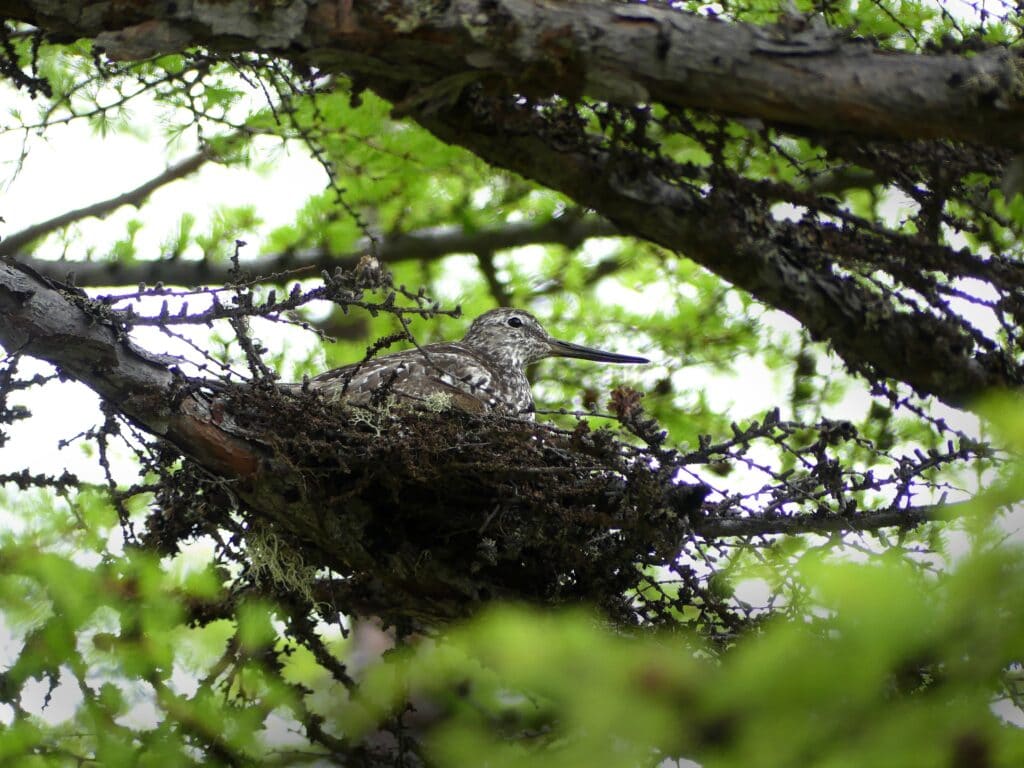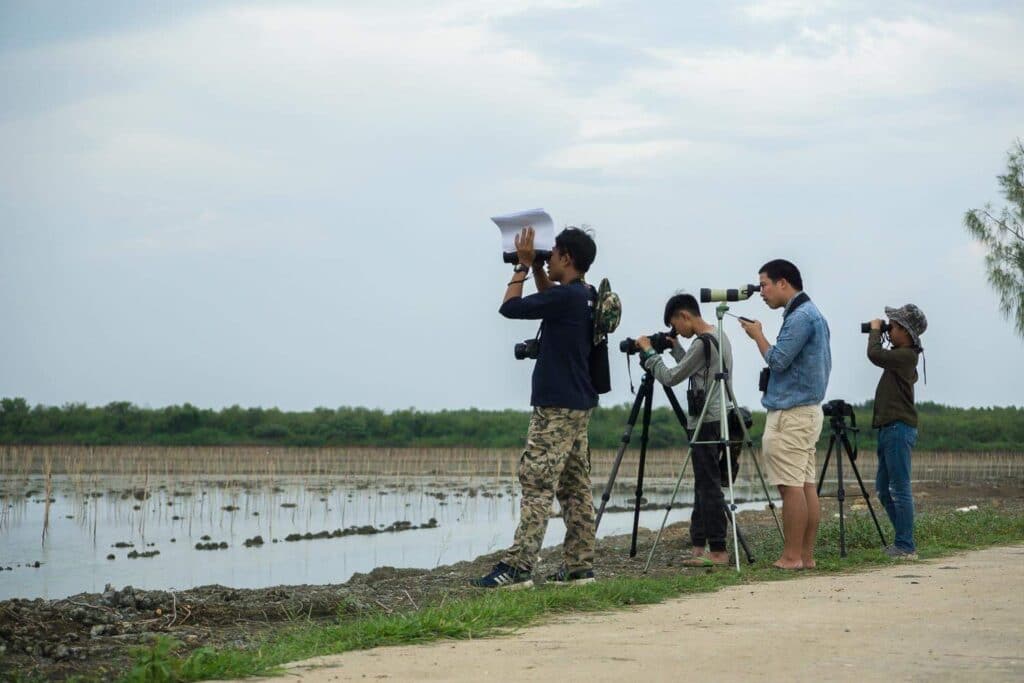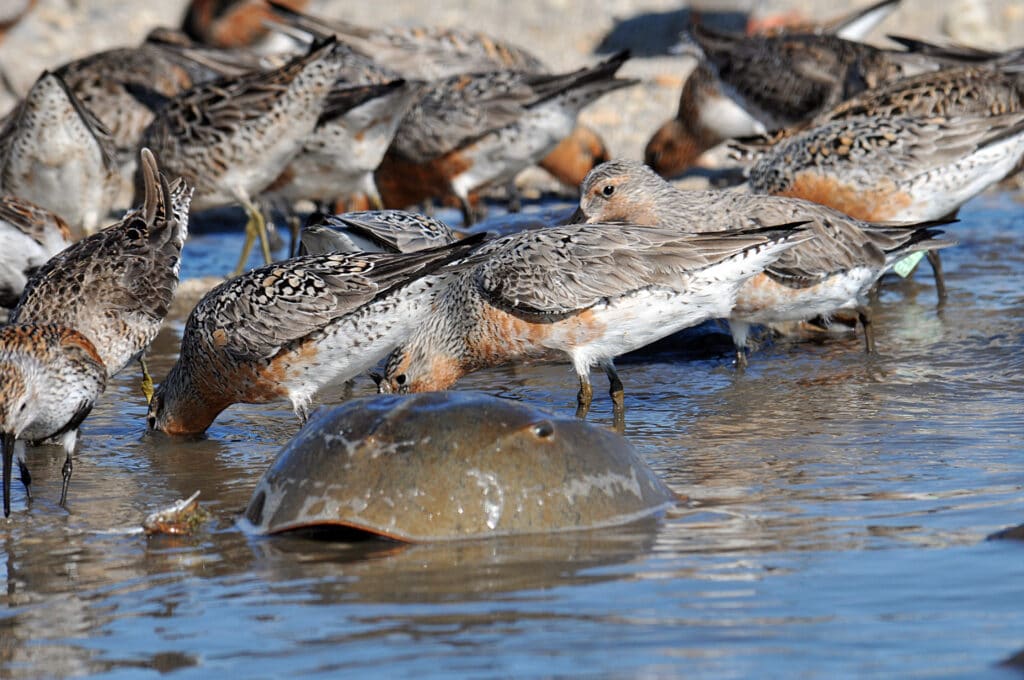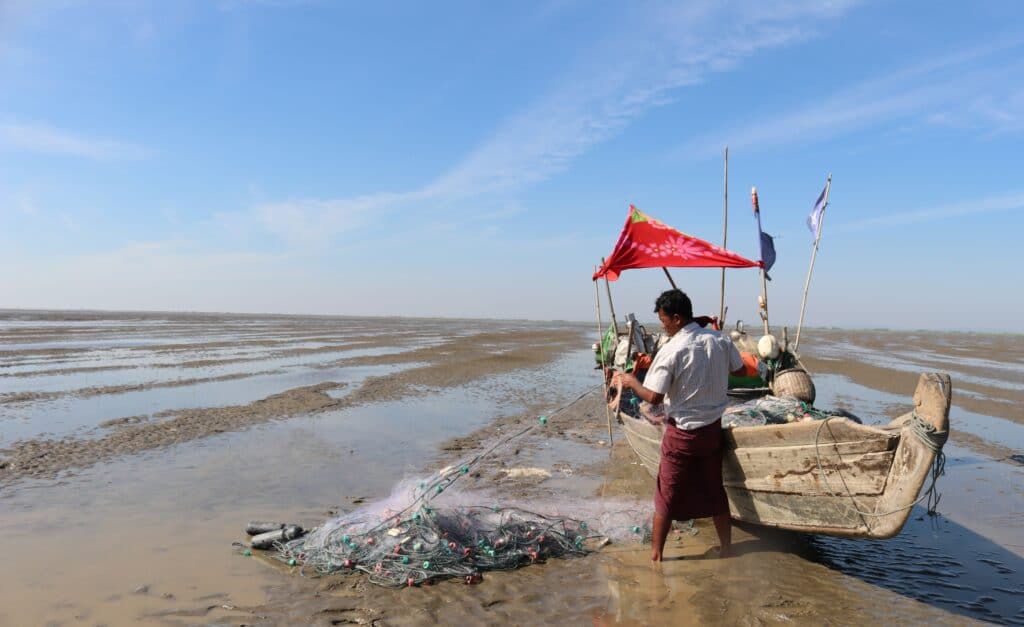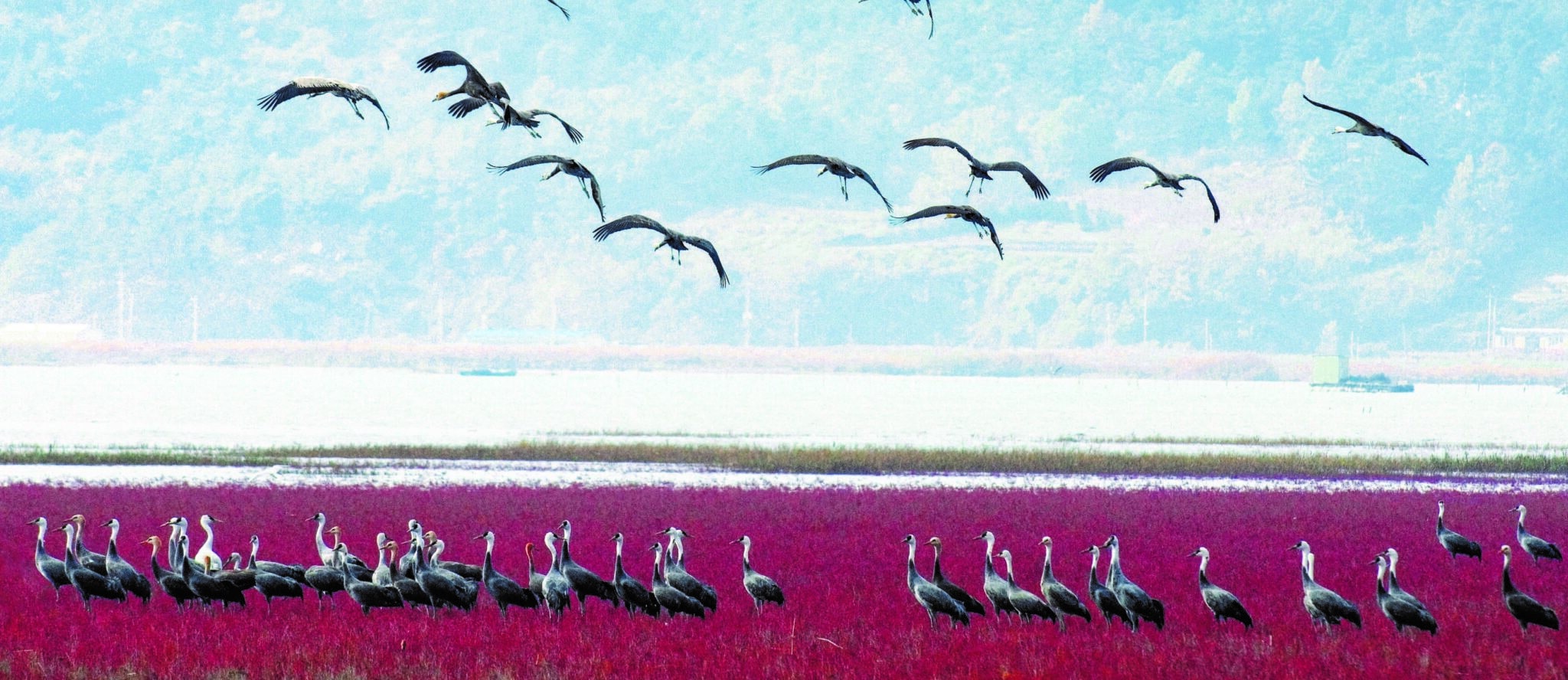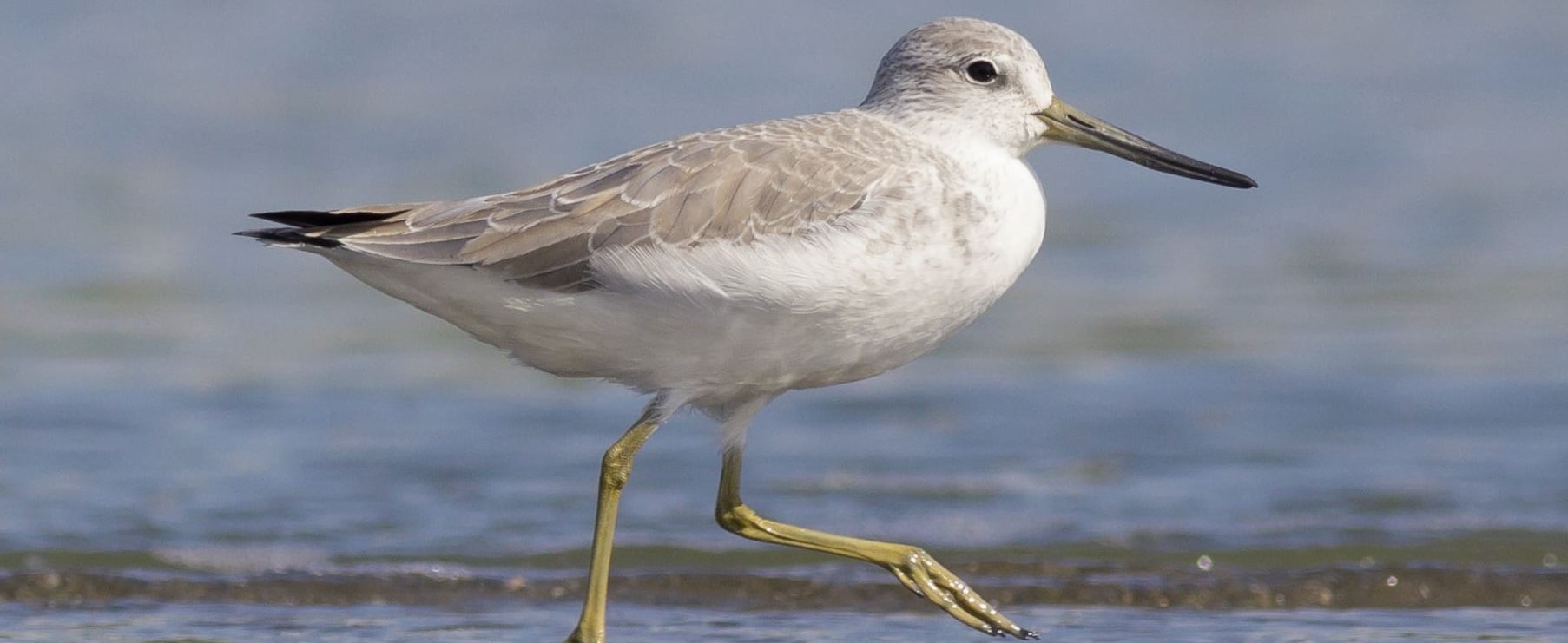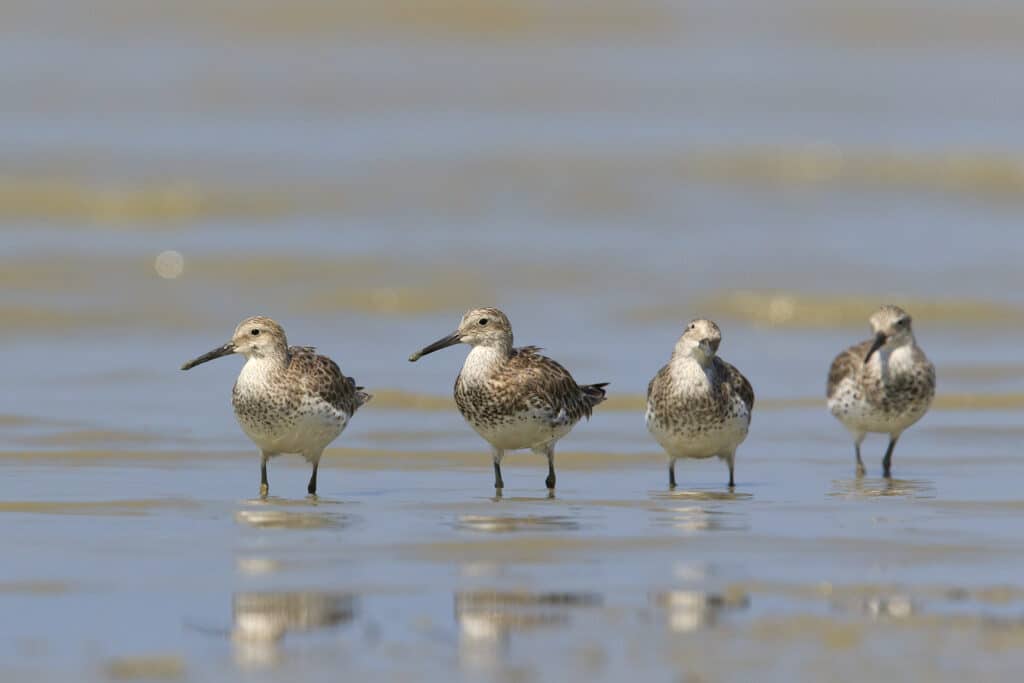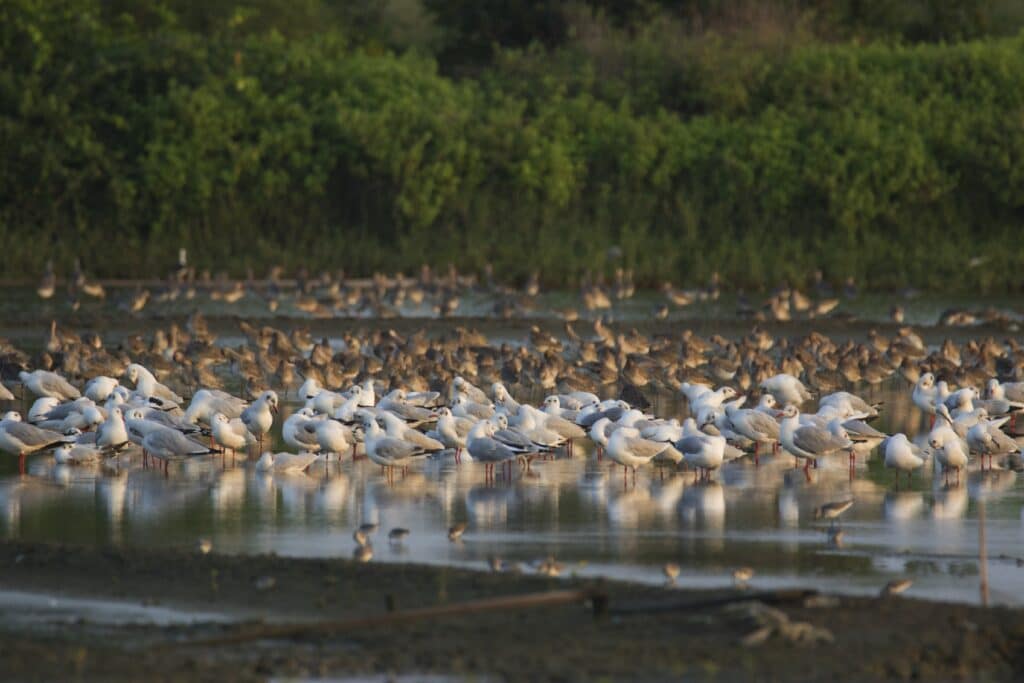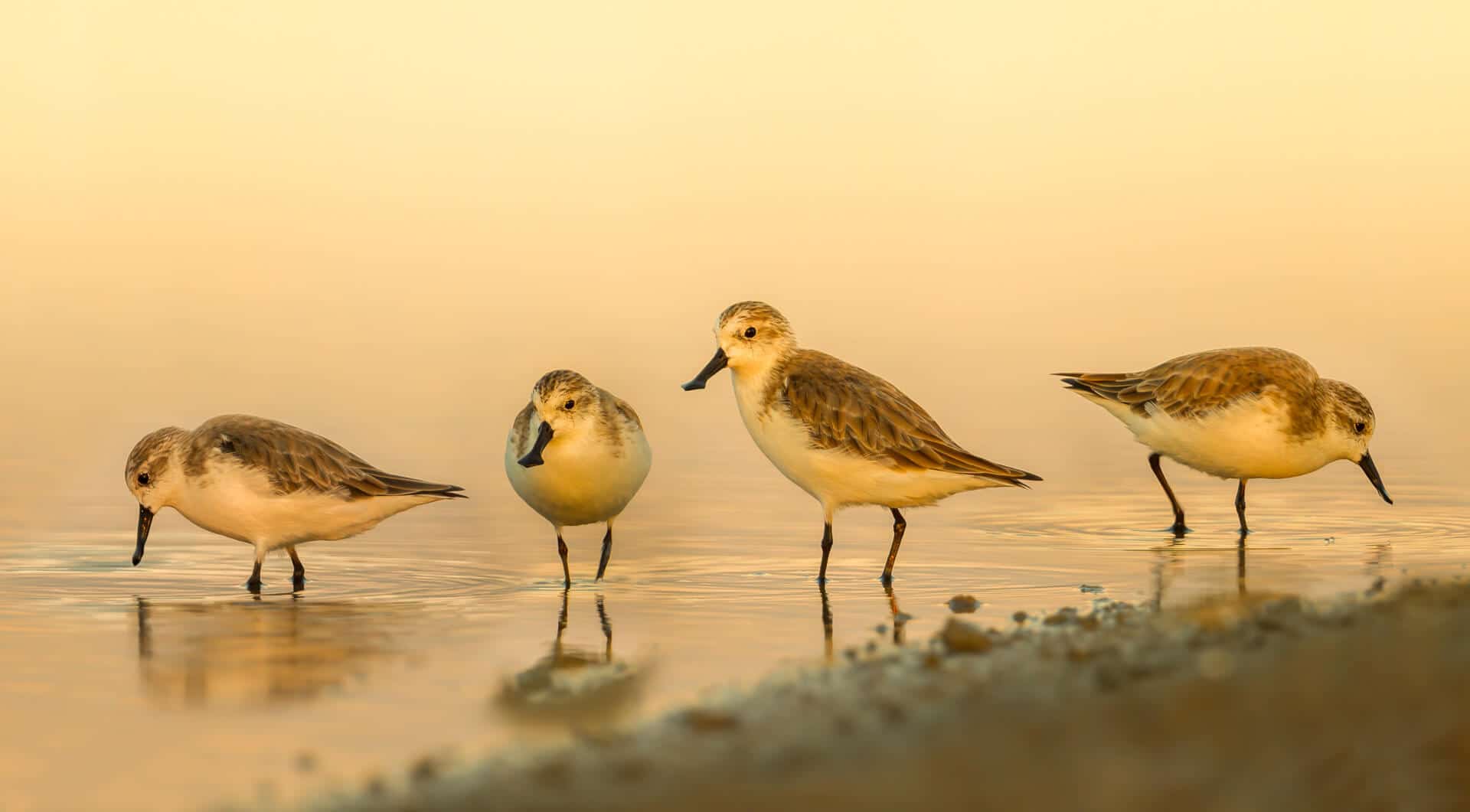Freshwater fish such as salmon and trout are a major draw for recreational fishers, and generate significant tourism revenue for the local community. This isn’t necessarily a problem, as recreational fishers are mostly on the lookout for large lakes and rivers, where Hooded Grebe does not breed. Unfortunately, due to a combination of bad management and lack of knowledge, these fish have also been stocked into smaller lakes of huge importance to the grebes.
Rainbow trout, the most common intruder, has an enormous impact at the environmental level. This fish changes the entire food chain, eating up freshwater invertebrates that the grebe usually feeds on, and probably affecting water conditions, preventing the growth of Milfoil. This is the only aquatic plant in these lakes, and is an essential material for the Hooded Grebe to build its floating nests.
Although native to Patagonia, Kelp Gull has only recently arrived at the highland plateaus, enabled by debris left behind by human activity, such as animal carcasses, landfill sites and discards from fisheries. This is why it is considered to be ‘neo-native’, or a native invasive species. But while its invasive status is nuanced, its impact is concrete: it preys on colonies during the egg-laying phase, a critical moment in the life cycle of any species. A single gull has been recorded destroying a colony of 30+ nests in less than 45 minutes, devouring dozens of eggs and chicks in a single gluttonous session.
Unwelcome guest
The final, but perhaps most acute, of all threats is American Mink. Mink are an invasive species brought in from North America in the early 20th century for fur production, in an attempt to boost Patagonia’s economic development. This predator can attack grebes at any stage in their life cycle, even as adults. This represents a huge problem, since Hooded Grebe has a ‘live slow, die old’ evolutionary strategy. Adults produce young slowly over a long stretch of years, usually raising just one chick at a time, and sometimes skipping years altogether when conditions are not perfect. As a result, losing a single fertile adult has a devastating impact on future numbers.
To make matters worse, in its natural environment Hooded Grebe’s only predators are birds of prey such as Peregrine Falcon and Cinereous Harrier. It has never before encountered swimming mammal predators, and therefore has no instinct to avoid mink. We have registered several cases in which more than 20 individuals were attacked by just one mink. Our most tragic record is 33 individuals killed in just one night, in an area which is now part of Patagonia National Park.
Since 2012, the Hooded Grebe Project has been taking action to tackle all of these threats. Highlights include controlling American Mink and gulls at key colonies, removing trout from important breeding lakes, and trials with windbreaks and artificial nesting platforms to reduce the impact of strong winds. As an insurance measure, we have also started to implement a captive rearing program to recover eggs that have been abandoned by their parents or left behind after a colony has been destroyed. Hooded Grebe parents tend to lay two eggs, but ignore one of them when the first chick hatches, meaning there is a ready supply of ‘spare’ eggs. Releasing captive-reared fledglings is very much a last resort, but they may be useful for strengthening wild populations once the main threats have been addressed.
Encouragingly, the loss of adults – one of the most worrying factors – has been substantially reduced and we have even managed to increase the colonies’ reproductive success, almost doubling it, thanks to the hard work of ‘Colony Guardians’ – trained technicians who watch over the nests and intervene in the event of mink and gull attacks. This has not only stabilised the overall population, but slightly increased it. However, in conservation, the rule is always to stay alert: for three years from 2018–2020, there were no breeding events whatsoever due to changes in climate conditions, which prevented the blooming of milfoil and blew away any nests that the grebes did attempt to make.
